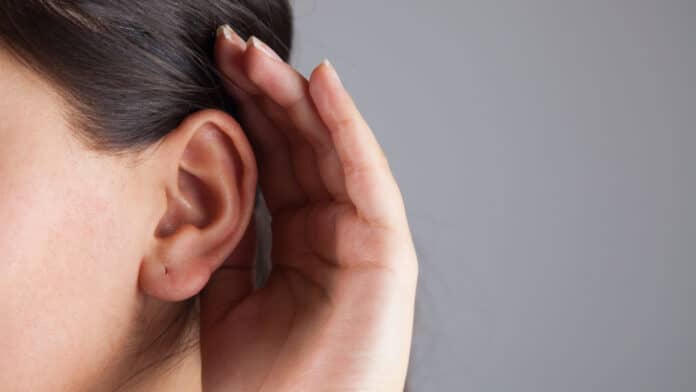The most common cause of hearing loss is progressive. The cochlear hair cells- the primary cells to detect sound waves—cannot regenerate if damaged or lost, driving permanent hearing loss.
Conversely, lost HCs in birds are regenerated through the proliferation of supporting cells (SCs) and new HC differentiation, leading to hearing restoration. Researchers at the Del Monte Institute for Neuroscience are getting closer to identifying the mechanisms that may promote this type of regeneration in mammals.
In a past study, researchers found that the expression of an active growth gene called ERBB2 could activate the growth of new hair cells (in mammals). However, the mechanism behind it remains unclear.
In a 2018 study led by Jingyuan Zhang, Ph.D., a postdoctoral fellow in the White lab at the time, it was discovered that activating the growth gene ERBB2 pathway set off a cascading series of cellular events that led to the proliferation of cochlear support cells and the activation of nearby stem cells to develop into new sensory hair cells.
Patricia White, Ph.D., professor of Neuroscience and Otolaryngology at the University of Rochester Medical Center, said, “This new study tells us how that activation is happening—a significant advance toward the ultimate goal of generating new cochlear hair cells in mammals.”
Researchers compared cells with an excessive growth gene (ERBB2 signaling) with similar cells that lacked such signaling using single-cell RNA sequencing in mice. They discovered that the growth gene, ERBB2, induced the production of several proteins, including SPP1, which communicates via the CD44 receptor, to promote stem cell-like development. Cochlear-supporting cells are known to harbor the CD44 receptor. This increase in cellular response stimulated mitosis, which is essential for regeneration, in the supporting cells.
Dorota Piekna-Przybylska, Ph.D., a staff scientist in the White Lab and first author of the study, said, “When we checked this process in adult mice, we were able to show that ERBB2 expression drove the protein expression of SPP1 that is, necessary to activate CD44 and grow new hair cells. This discovery has made it clear that regeneration is not restricted to the early stages of development. We believe we can use these findings to drive regeneration in adults.”
White said, “We plan to investigate this phenomenon from a mechanical perspective further to determine whether it can improve auditory function after damage in mammals. That is the ultimate goal.”
Journal Reference:
- Dorota Peikna-Przybylska, Daxiang Na et al. Single-cell RNA sequencing analysis of mouse cochlear supporting cell transcriptomes with activated ERBB2 receptor indicates a cell-specific response that promotes CD44 activation. Frontiers in Cellular Neuroscience. DOI: 10.3389/fncel.2022.1096872
